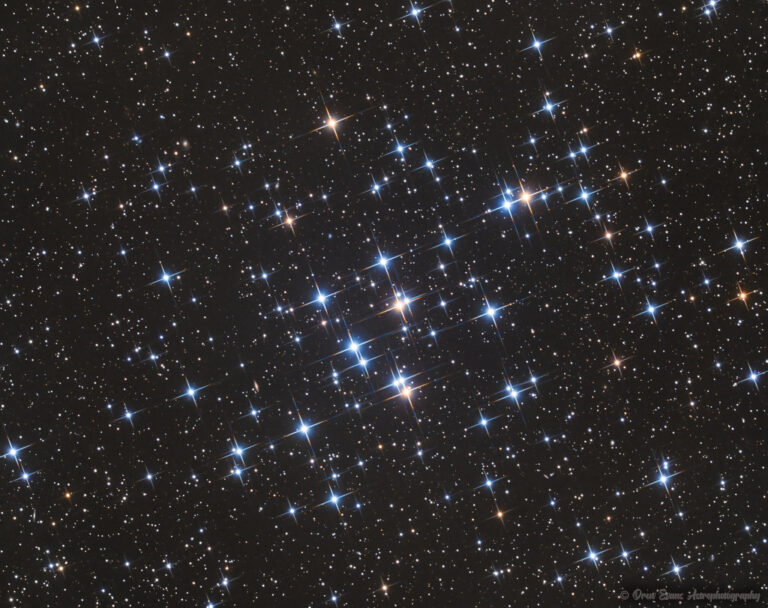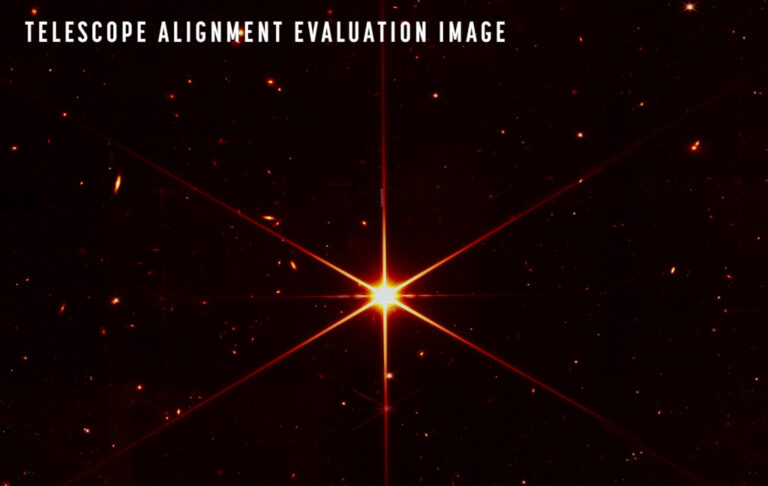芬兰拉普兰地区上空的贝母云
2023年2月9日 Nacreous Clouds over Lapland Image Credit & Copyright: Dennis Lehtonen Explanation: Vivid and lustrous, wafting iridescent waves of color wash across this skyscape from Kilpisjärvi, Finland. Known as nacreous clouds or mother-of-pearl clouds, they are rare. But their unforgettable appearance was captured looking south at 69 degrees north latitude at sunset on January 24. A type of polar stratospheric cloud, they form when unusually cold temperatures in the usually cloudless lower stratosphere form ice crystals. Still sunlit at altitudes of around 15 to 25 kilometers, the clouds can diffract sunlight even after sunset and just before the dawn. Tomorrow’s picture: pixels in space 芬兰拉普兰地区上空的贝母云 图像提供与版权: Dennis Lehtonen 说明: 在这片芬兰基尔皮斯耶尔维村(Kilpisjärvi)的山与天空景观里,天空中到处都是生动、光泽、飘动的彩色波纹。它们是非常罕见,名为贝母云或珠母云的高层云。它们这付令人难以忘怀的身影,是在今年1月24日落时分于北纬69度向南眺望时所见到的。贝母云是极区平流层云的一种,形成的条件通常是极度严寒,使无云的平流底层之水汽凝结成冰晶。除此之外,要在刚日落之后或即将日出之前,让高度在15到25公里之间的云层沐浴在阳光中,得以绕射(衍射)阳光。 明日的图片: pixels in space



